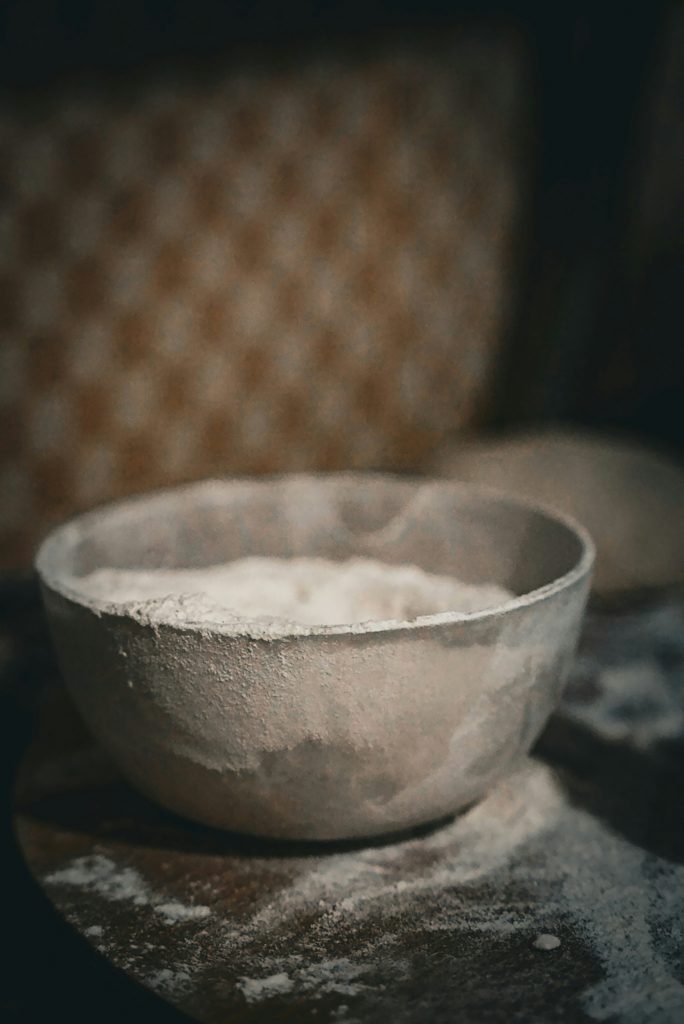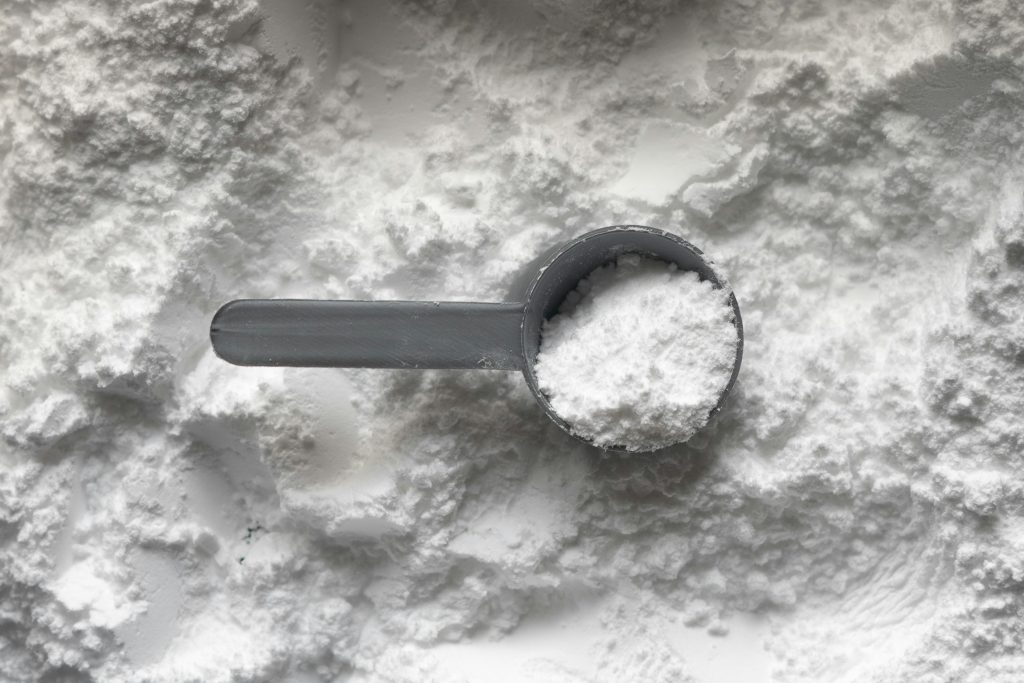Baking soda, also known as sodium bicarbonate, has been a trusted household staple for generations. From natural health remedies to powerful cleaning solutions, this affordable white powder proves its versatility time and time again.
If you’ve ever wondered, “What is baking soda good for?”, the answer is: almost everything!
In this guide, we’ll explore the top benefits of baking soda—from oral care and skin treatments to cleaning hacks and odor control.

Health & Personal Care Uses of Baking Soda
1. Baking Soda + Teeth: Natural Whitening & Fresh Breath
One of the most popular uses of baking soda is in oral care. When used in moderation, baking soda gently polishes teeth, helping to remove surface stains for a whiter smile. It also neutralizes acids in the mouth, which helps freshen breath and fight bacteria.
Tip: Mix a small amount of baking soda with water to create a natural toothpaste, but avoid daily use to prevent enamel wear.
2. Baking Soda + Water: Natural Heartburn Relief
For generations, people have relied on baking soda water as a natural antacid. When mixed with water, baking soda neutralizes stomach acid, providing fast relief from heartburn and indigestion.
Tip: Stir ½ teaspoon of baking soda into a glass of water for quick relief (always consult a doctor if you have frequent heartburn).
3. Baking Soda + Skin: Exfoliate & Soothe Irritation
Baking soda’s gentle texture makes it an effective skin exfoliator. It removes dead skin cells, leaving your skin smooth and refreshed. It also has mild anti-inflammatory properties, making it useful for calming rashes, irritation, or even a sunburn soak.
Tip: Mix baking soda with water to create a paste and gently massage onto skin, then rinse.
4. Baking Soda + Bug Bite: Calms Itch & Swelling
Instead of reaching for chemical creams, a baking soda paste can soothe bug bites, stings, and minor skin irritations. It reduces itching, redness, and swelling naturally.
Tip: Mix 1 tablespoon of baking soda with a few drops of water and apply directly to the bite.
5. Baking Soda + Hair: Removes Product Buildup
Over time, shampoos, conditioners, and styling products can weigh hair down. Baking soda acts as a natural clarifier, helping to remove residue and restore shine.
Tip: Add 1 teaspoon of baking soda to your shampoo once a week for a refreshing cleanse.
Household Uses of Baking Soda
6. Baking Soda + Lemon: Natural Deodorizer & Cleanser
This powerful duo is a natural cleaning solution. Baking soda scrubs away grime while lemon juice cuts through grease and leaves a fresh scent. It’s safe, non-toxic, and eco-friendly—perfect for kitchens and bathrooms.
Tip: Sprinkle baking soda on surfaces, then scrub with half a lemon for a sparkling finish.
7. Baking Soda + Fridge: Neutralizes Odors
A classic trick is keeping an open box of baking soda in the refrigerator or freezer to absorb food odors. This simple solution keeps your fridge smelling fresh and prevents strong smells from spreading.
Tip: Replace the box every 30–60 days for maximum effectiveness.
8. Baking Soda + Laundry: Boosts Detergent Power
Adding baking soda to laundry helps neutralize odors, brighten whites, and soften fabrics. It balances the pH of water, allowing detergent to work more effectively.
Tip: Add ½ cup of baking soda to your regular laundry load for fresher clothes.
9. Baking Soda + Carpets: Freshens & Deodorizes
Carpets can trap odors from pets, spills, or everyday use. Baking soda is a safe, chemical-free way to refresh carpet fibers.
Tip: Sprinkle baking soda evenly on carpet, let sit for 15 minutes, then vacuum.
10. Baking Soda + Drains: Clears Odors Naturally
Instead of harsh chemical cleaners, baking soda paired with vinegar can clear minor clogs and eliminate odors in drains.
Tip: Pour ½ cup of baking soda down the drain, followed by ½ cup vinegar. Let fizz for 10 minutes, then flush with hot water.

Why Baking Soda Belongs in Every Home
From natural health remedies to powerful household cleaning, baking soda is truly a multi-purpose powerhouse. It’s affordable, eco-friendly, and safe for the whole family—making it a must-have in every kitchen, bathroom, and cleaning kit.
Quick Recap of Baking Soda Benefits:
- Whitens teeth & freshens breath
- Relieves heartburn naturally
- Exfoliates & soothes skin
- Calms bug bites & irritation
- Removes buildup from hair
- Deodorizes the fridge, laundry & carpets
- Cleans surfaces & clears drains
Whether you’re looking for natural home remedies, eco-friendly cleaning solutions, or affordable personal care hacks, baking soda is the ultimate all-in-one solution.





